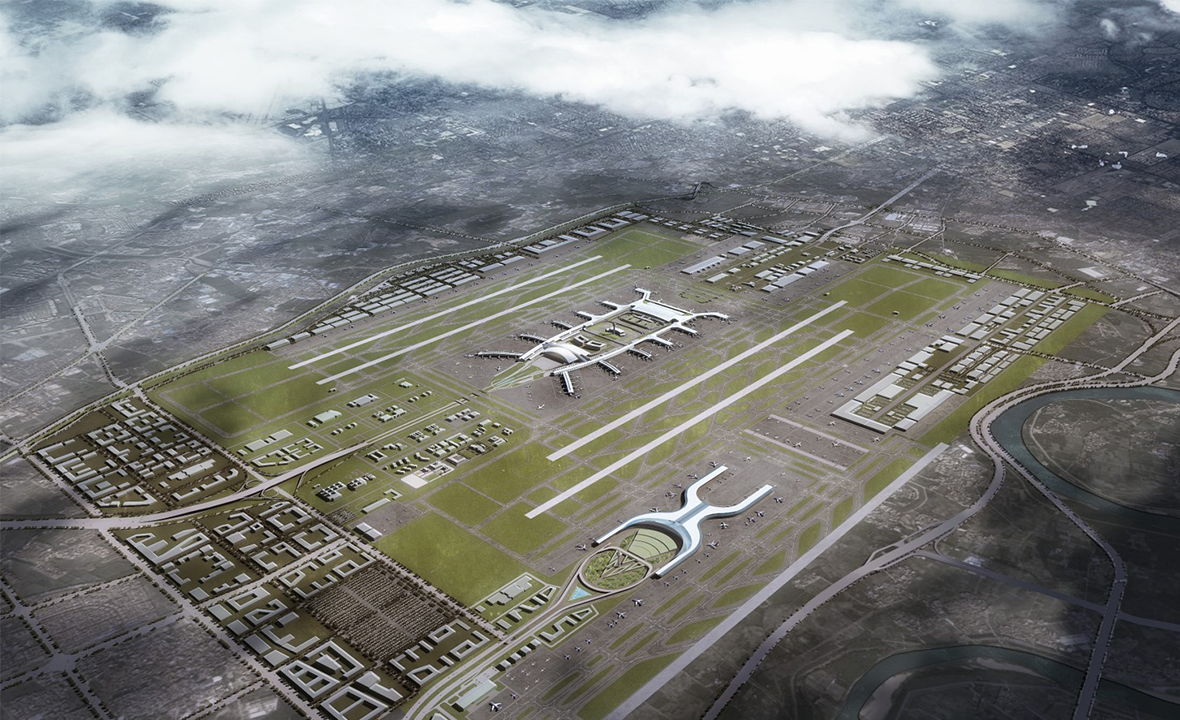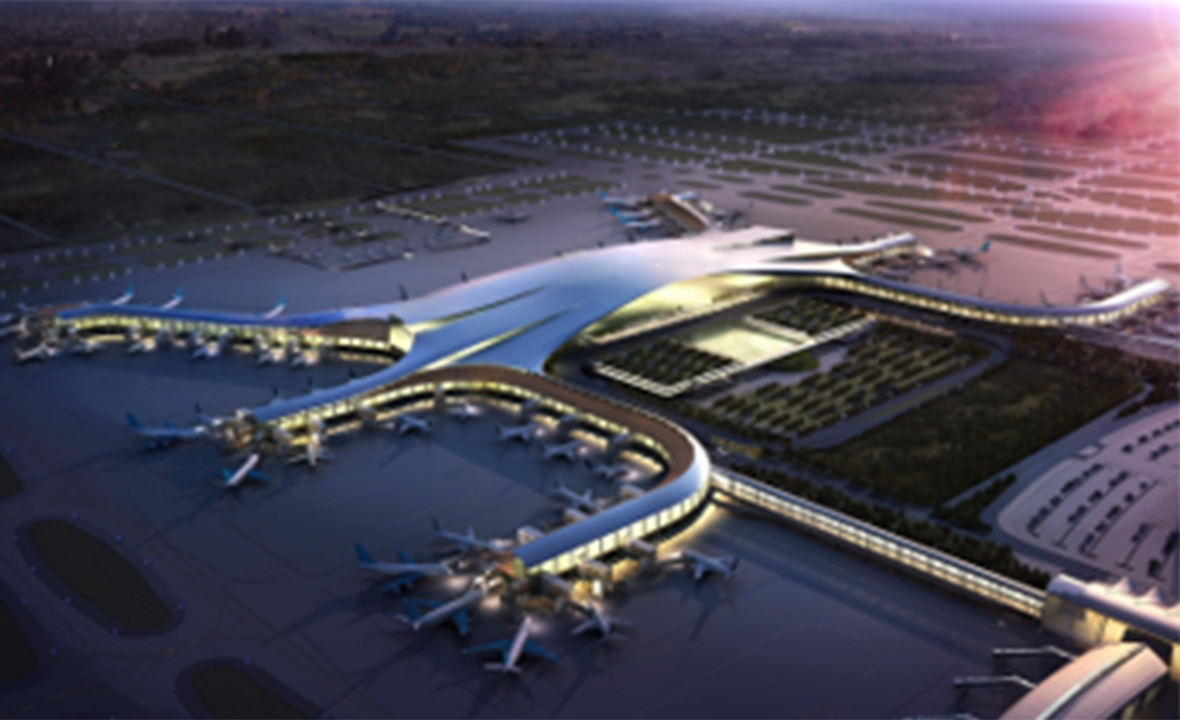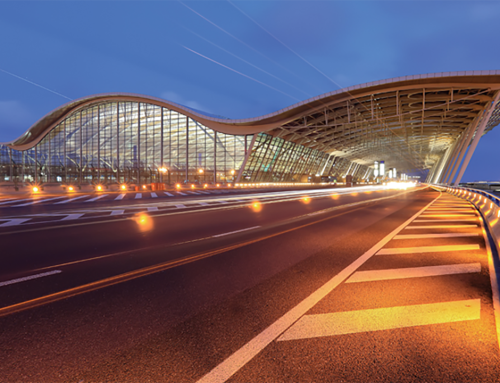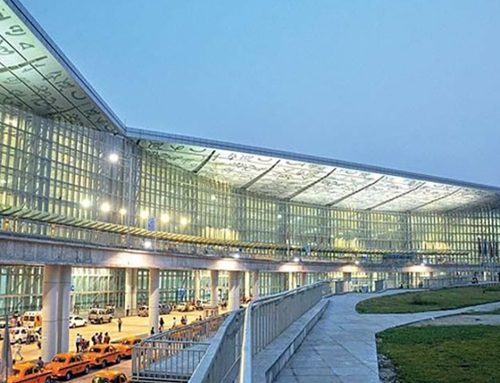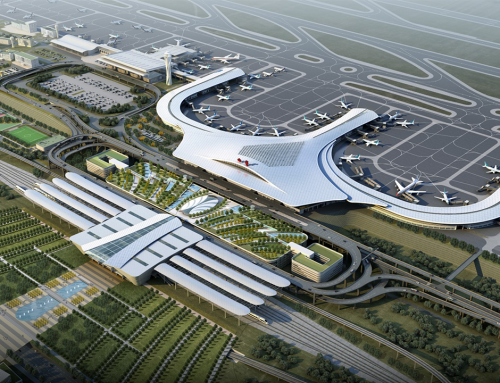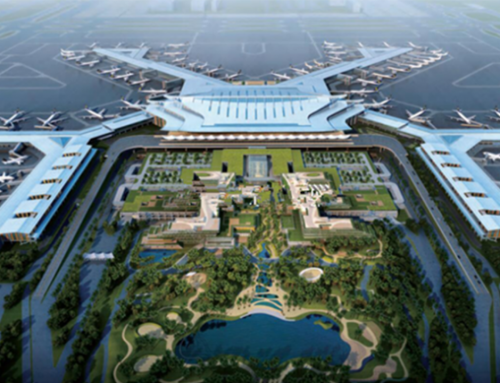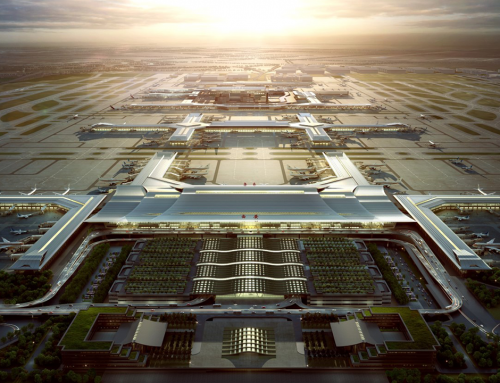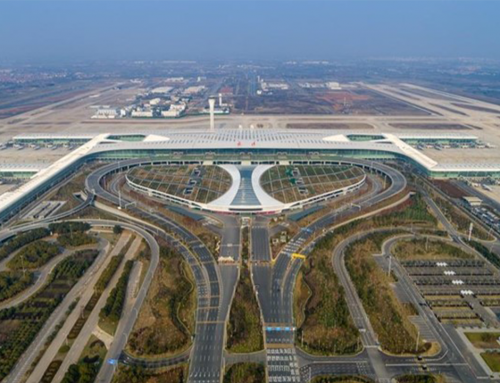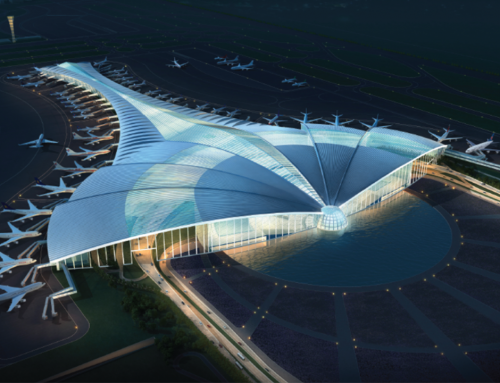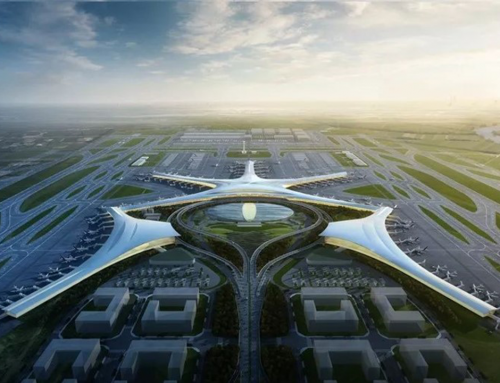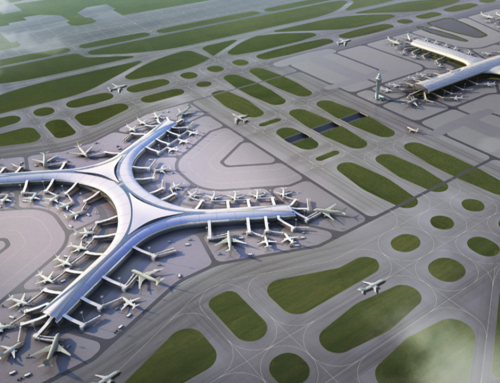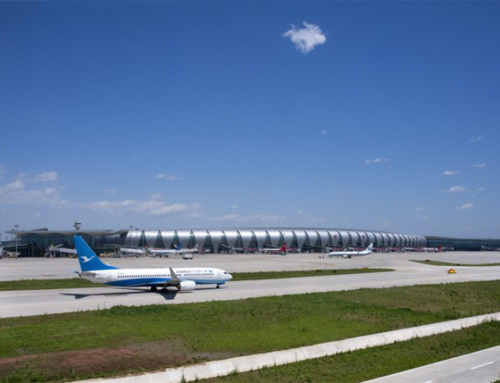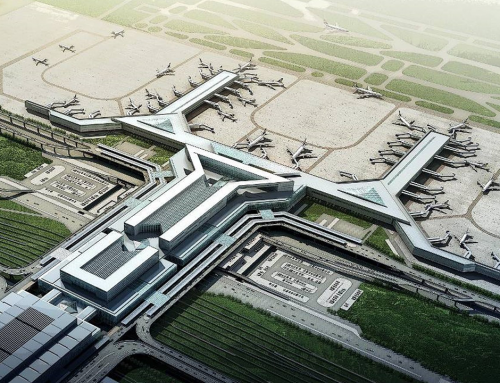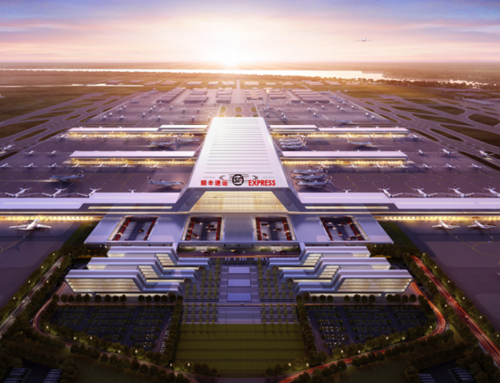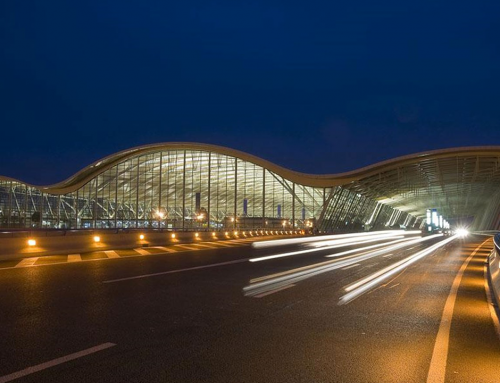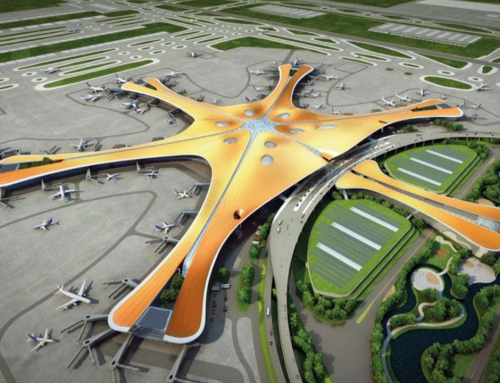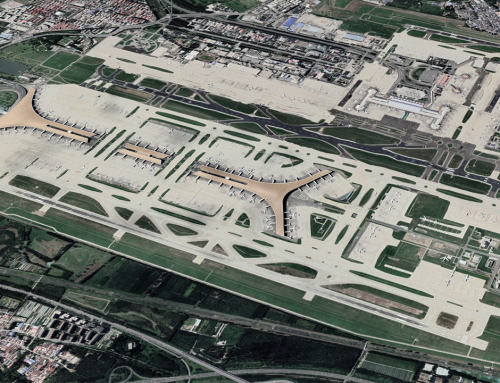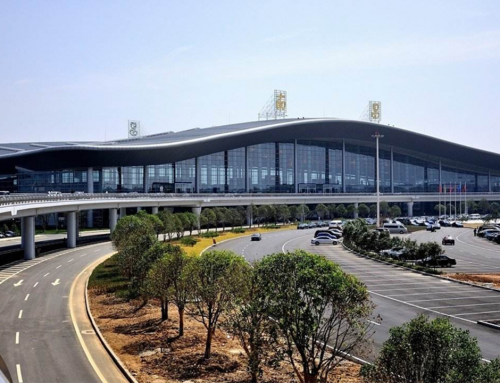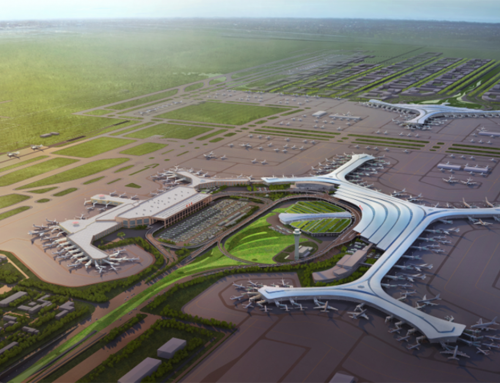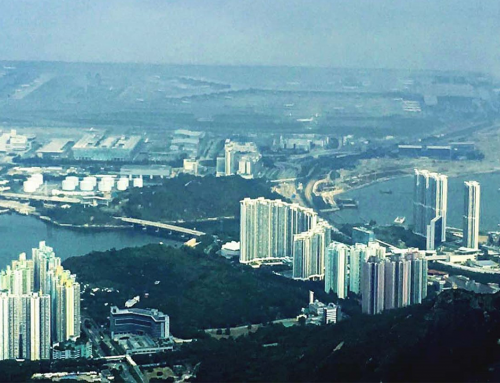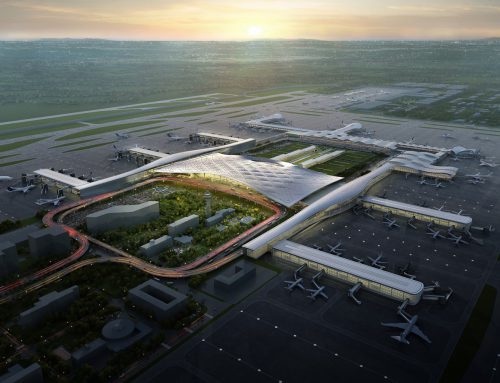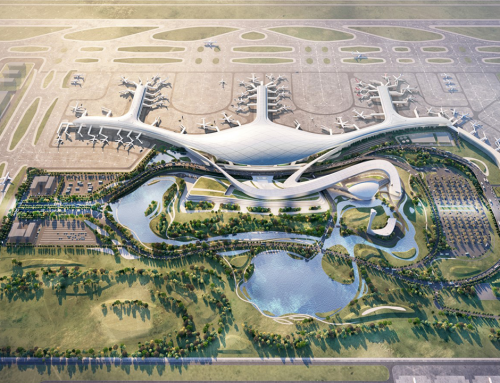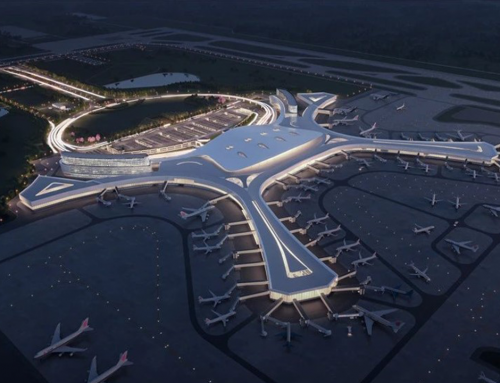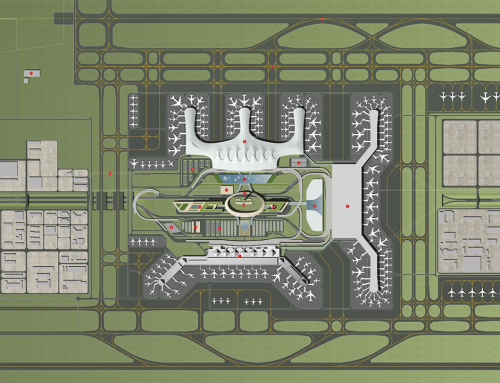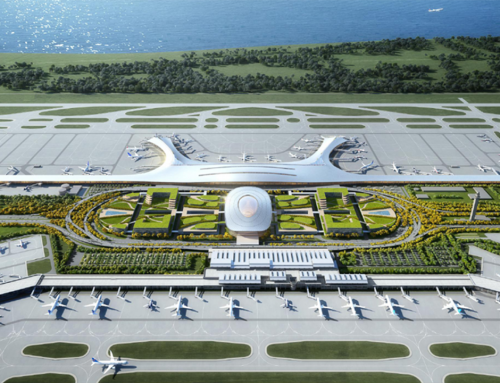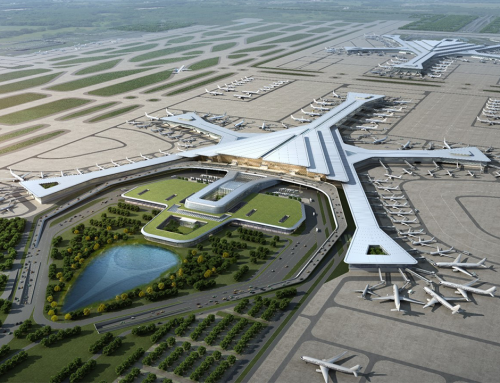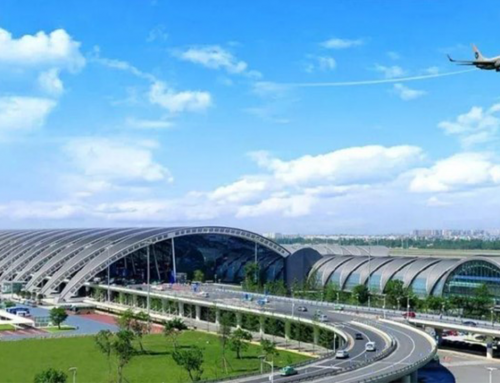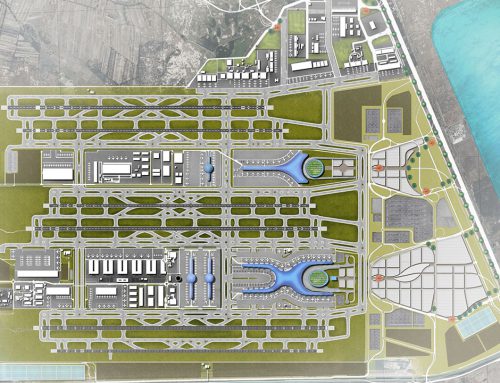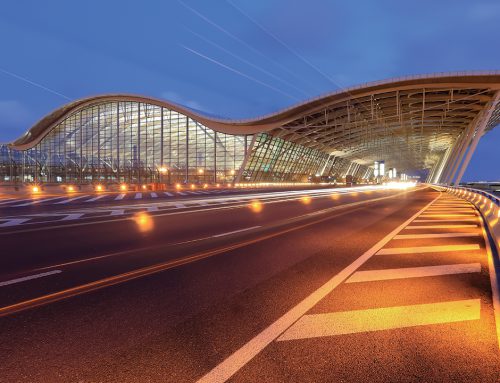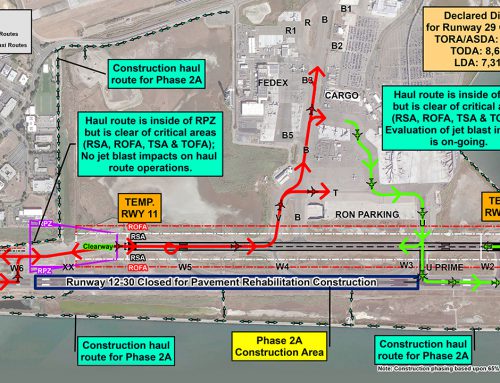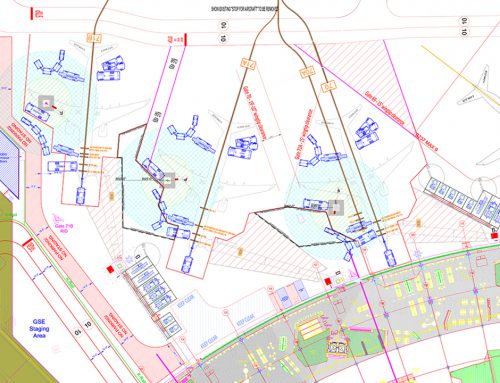Project Description
Guangzhou Baiyun International Airport
Client: Guangzhou Baiyun International Airport
In 2005, Landrum & Brown was commissioned by Guangzhou Baiyun International Airport to perform a detailed airspace/airfield simulation study to assess operational performance and define the optimal configuration for the future runway geometry and airspace structure for the Guangzhou Baiyun International Airport, and to provide support for optimizing the capacity of the comprehensive airside and airspace system. The complexities inherent in the airspace throughout the Pearl River Delta (PRD) airspace system has been considered, which includes Guangzhou, Shenzhen, Zhuhai, Hong Kong, and Macau. These five airports comprise one of the most complex airport/airspace systems in the world. L&B used computer simulation analysis technology to conduct in-depth research on the layout and optimal airfield geometry of the Airport, the impact of different terminal building schemes on airside operations, and the scope and layout of the overall planning of the long-term terminal area. Research and analysis to increase understanding of the limitations of the airfields around Guangzhou Baiyun International Airport and provide optimal solutions.
After the airside/airspace computer simulation project, L&B teamed up with the Architectural Design and Research Institute of Guangdong Province and participated in the tender for the T2 terminal and was selected as the winning proposal. The T2 terminal innovative conceptual configuration scheme fully reflected the optimal balance of the operating efficiency of the airfield, the passengers’ walking distance, commercial development, and the flexible development of the terminal building in phases in the near and long term. After winning the bid for the T2 terminal project, L&B has successively participated in the T2 terminal passenger simulation project and the T2 GTC planning project.
In 2017, international expert panels reviewed the Guangzhou Baiyun Airport master plan study project proposal submitted by the L&B team and ranked it first among the proposals submitted by multiple participating teams. This project also included other related studies: airport master planning, airfield planning, terminal area planning, and landside transportation planning.
In 2018, L&B successfully won the bid for the Airfield functional layout optimization project of Guangzhou Baiyun Airport. The project aims to improve the operation efficiency of the runway and taxiway of the Airport and to reduce the risk of potential conflicts. Based on the study results of the “Guangzhou Baiyun International Airport Master Plan”, the airside operation simulation model was established based on the airport’s current operation plan and future operation planning. The airport’s current situation and the airside capacity in multiple development phases in the future had been analyzed and evaluated. Optimization studies on airfield operation and airport systems have been carried out; the constraints on the operating efficiency of the airside have been analyzed, studying the optimization plan for the north-south rounded taxing, runway crossing, take-off waiting area, taxiway, runway quick exit location, etc. From the perspective of comprehensive optimization, the optimization adjustment plan and implementation plan suitable for the airfield operations were proposed.
- T2 Terminal Passenger simulation
- T2 Landside and GTC plan
- Airside/Airspace Simulation
- Master plan review study
- Noise monitoring consultation
- Airfield functional layout optimization
- Airfield Taxiway Nomenclature and Conceptual Airfield Signage Design
